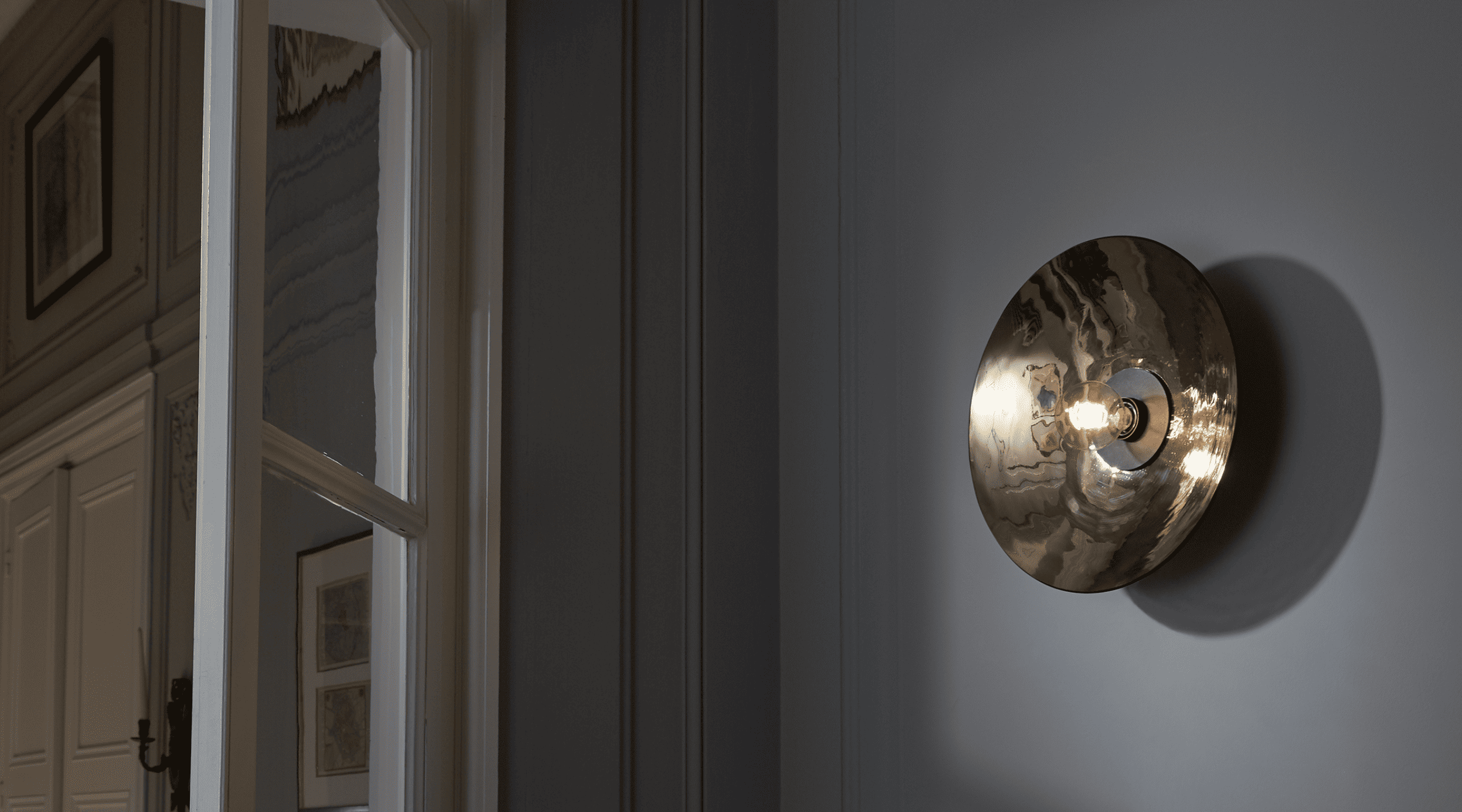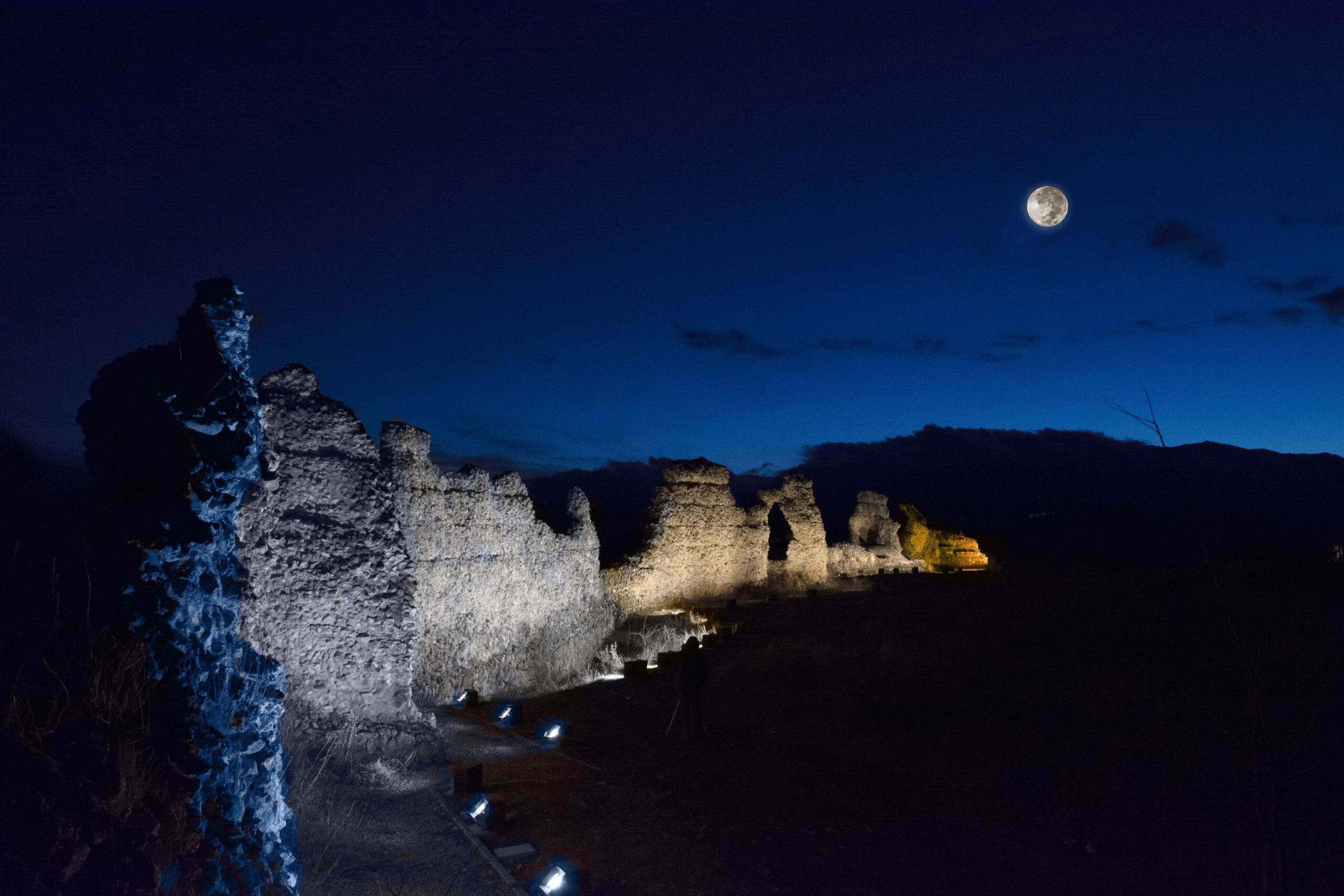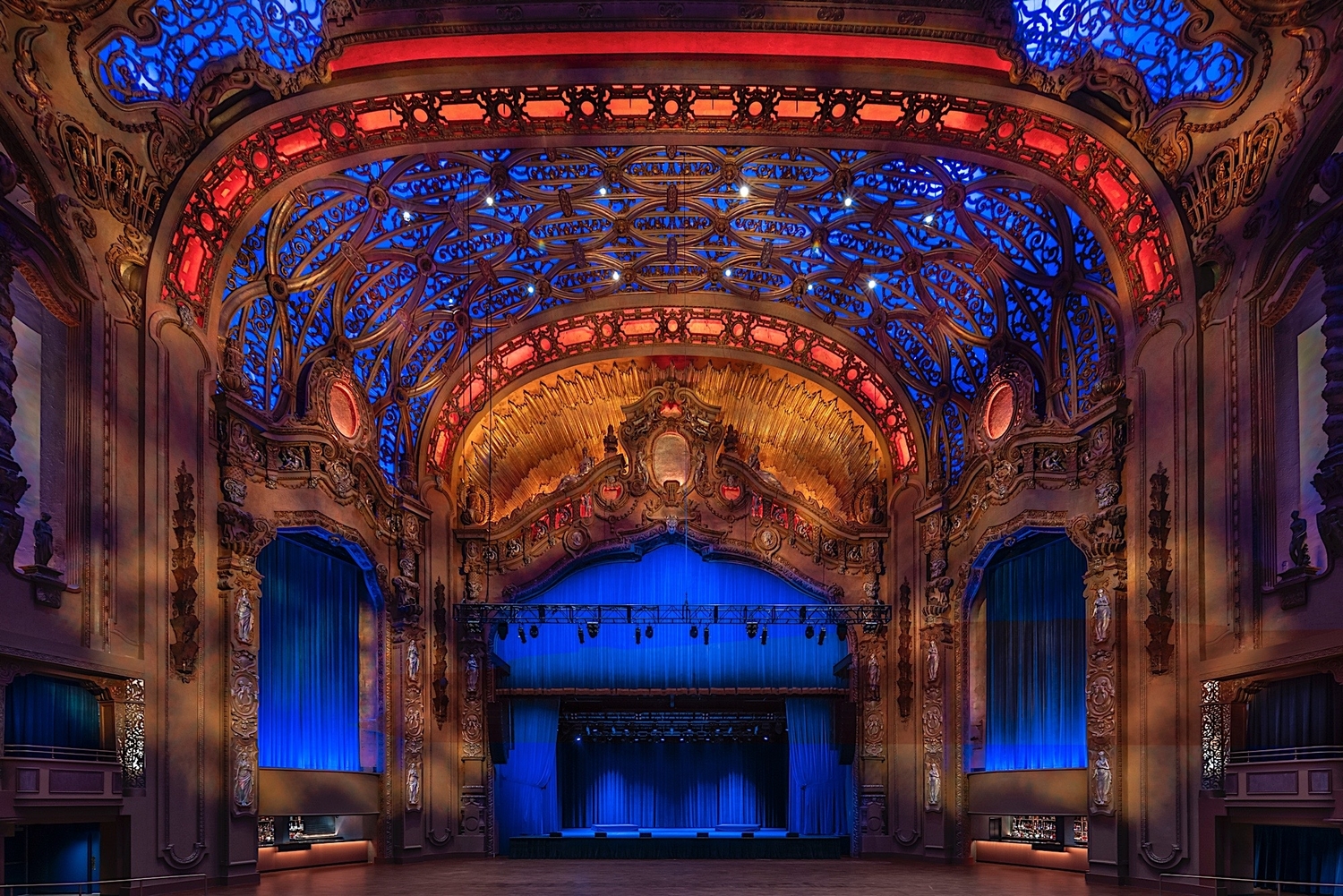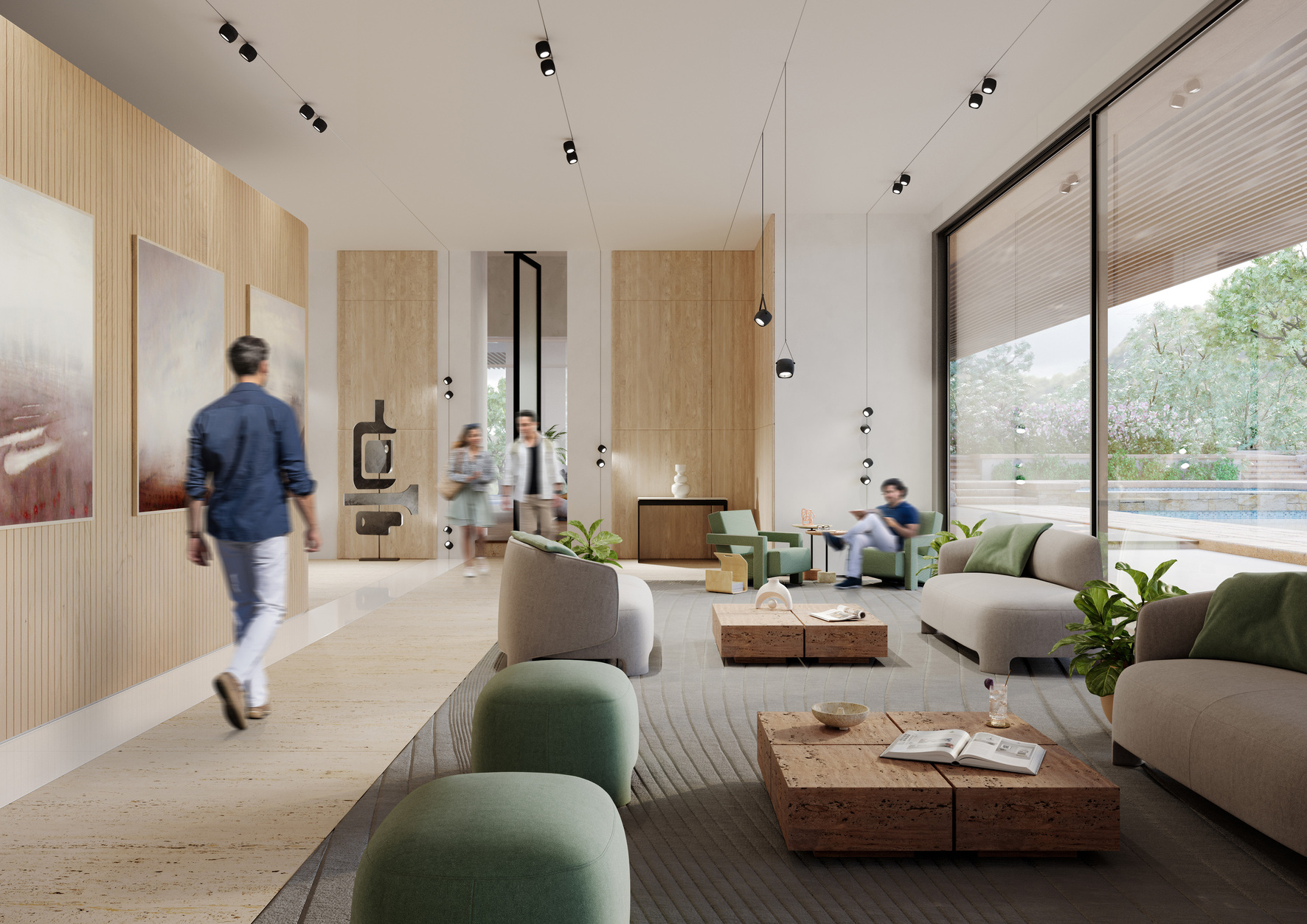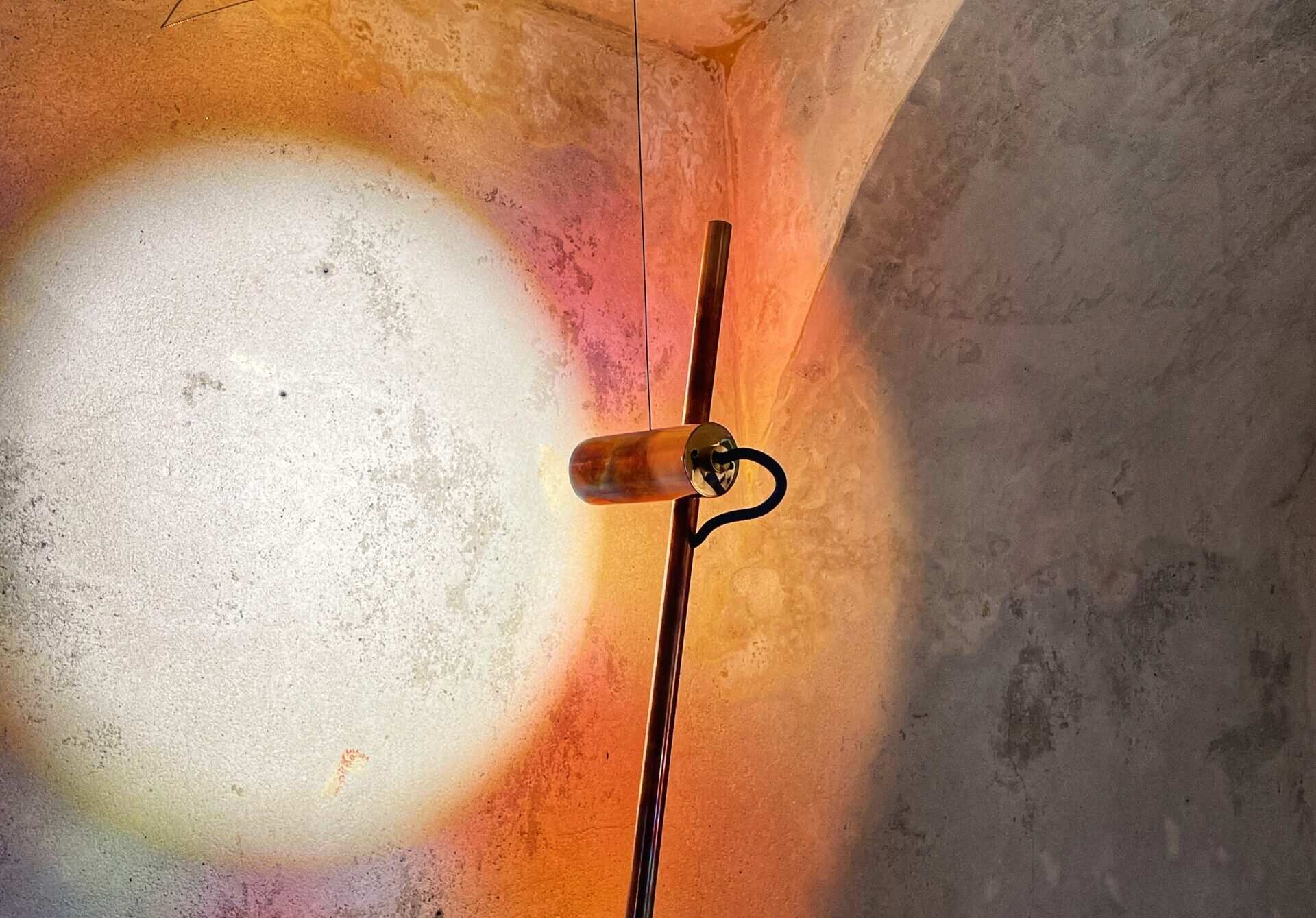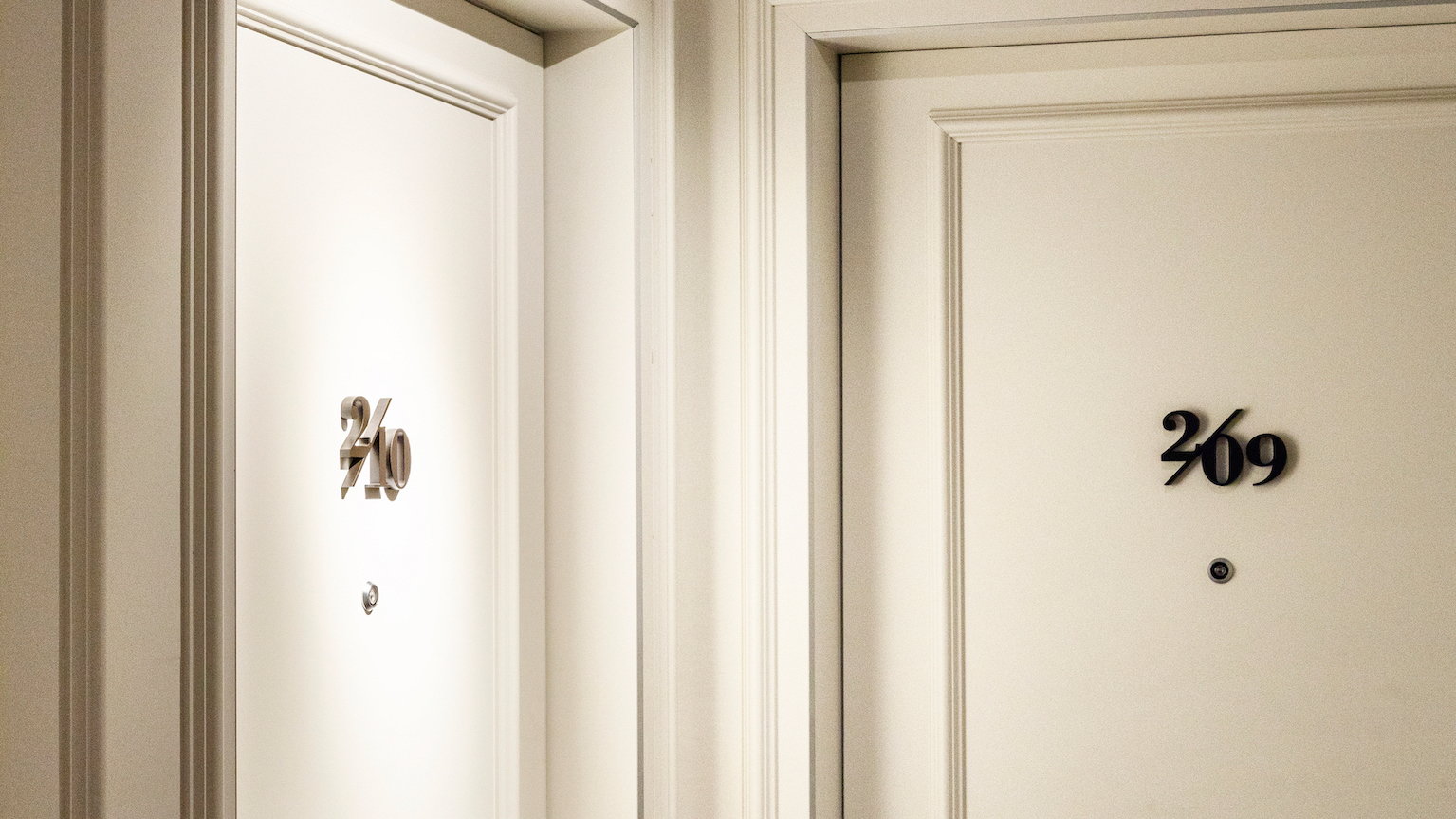Cover photo: Salone del Mobile Milano 2025, ph. Giulia Copercini
A few days after the closing of Euroluce 2025, the positive momentum of past editions continues, with over 300,000 visitors, including 350 major investors, buyers, retailers, contractors, and media representatives from 50 countries, and 27 delegations from Asia and the Gulf countries—this year’s Salone del Mobile.
Milano focused heavily on cultural and cross-disciplinary offerings, featuring four site-specific installations in the city and artistic programs at the fair, including Drafting Futures: Conversations About Next Perspectives and the inaugural Euroluce Lighting Design Forum, which attracted over 1,500 attendees in two days.
We discussed these figures with Maria Porro, President of Salone del Mobile. Milano.
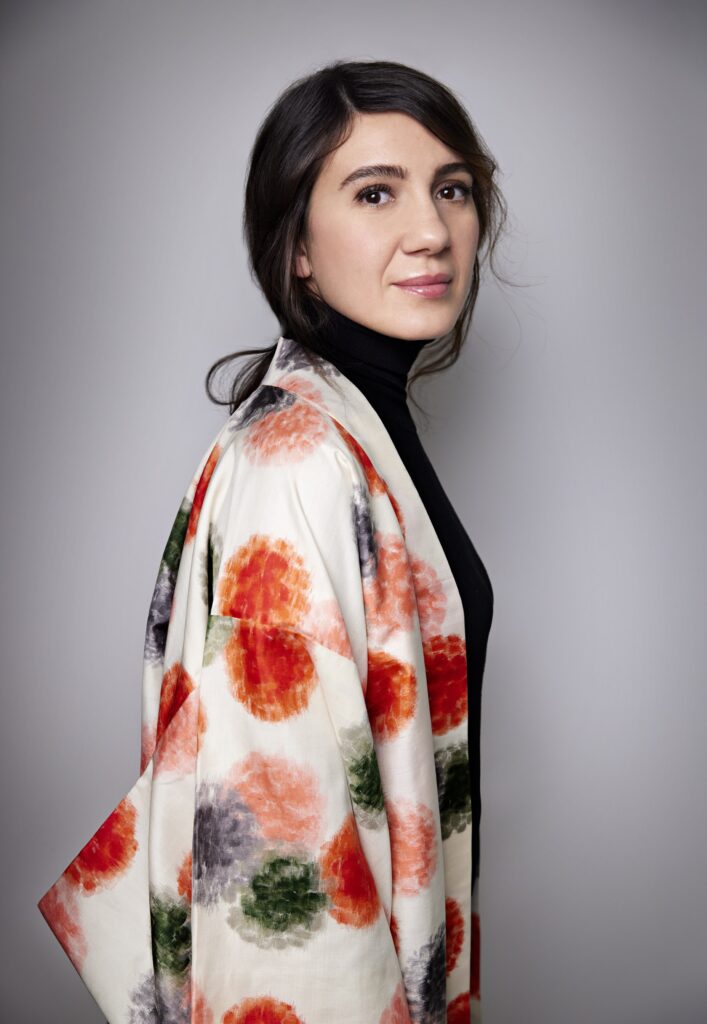
How did this edition of Salone del Mobile and Euroluce go, and what were the key takeaways?
«The 2025 edition of Salone del Mobile. Milano was a true beacon in a year marked by global challenges. With 302,548 attendees, we solidified the 2023 results, the year of Euroluce, reaffirming the centrality of the event as a hub of business, culture, and vision. 68% of participants came from abroad, representing 151 countries—the highest share of international visitors recorded. This underscores how the Salone continues to be the global benchmark for design. The most encouraging figure? 94% of exhibitors expressed their intention to return. This confidence motivates us to look ahead with determination and responsibility.
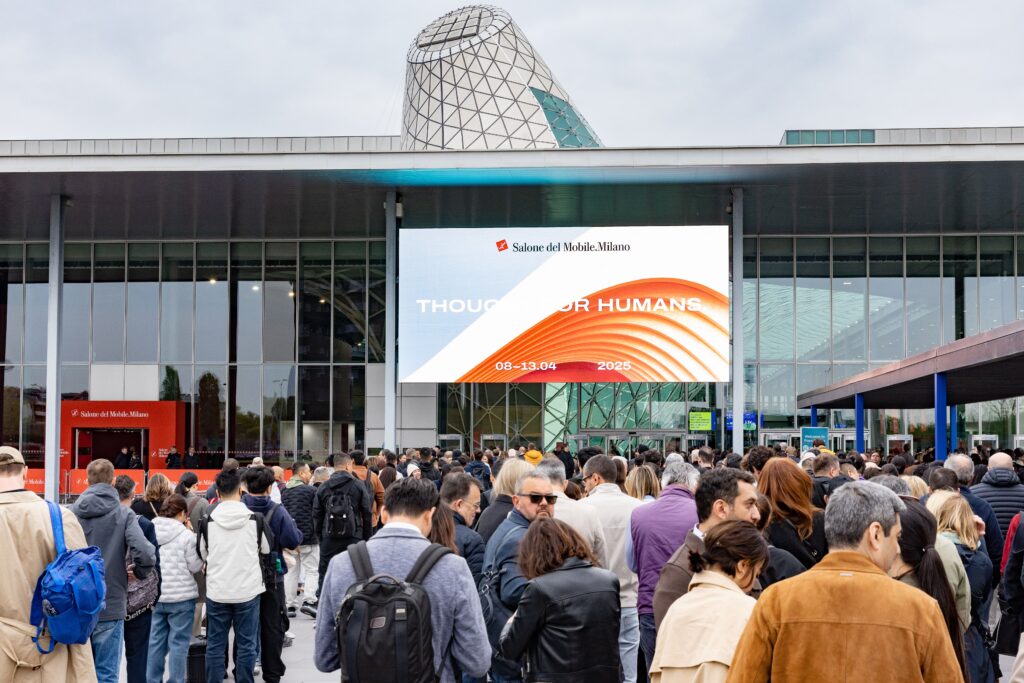
As I mentioned in the past few days, this edition demonstrated strength and a shared vision. The sector showed how quality and innovation remain pivotal in an increasingly competitive landscape. As expected, Euroluce redefined the future of lighting design, fostering competitiveness among cutting-edge Italian companies—over 80% of total revenue comes from abroad—while 45% of exhibitors were international, comprising leaders in the sector».
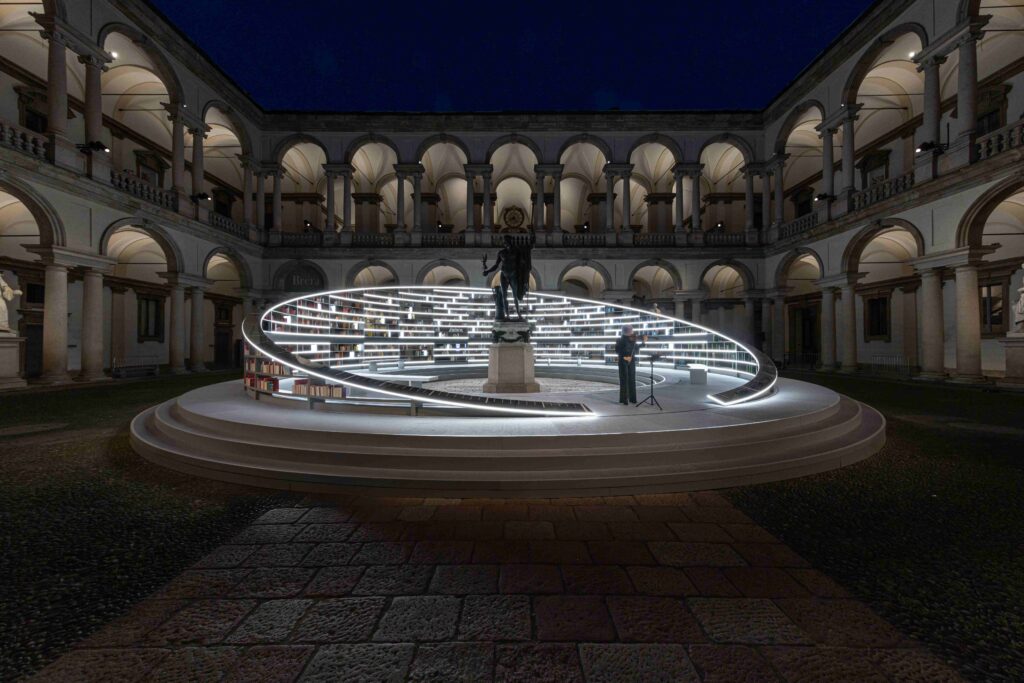
The 2025 campaign theme “Thoughts for Human” centered around the individual. How did this theme come to be, and how was it integrated across the pavilions?
«Thoughts for Human stemmed from a deep desire to put the human being back at the center of design. We wanted to present design not just as a function but as an emotional experience, a relationship, a form of care—a design that considers the individual with empathy and foresight.
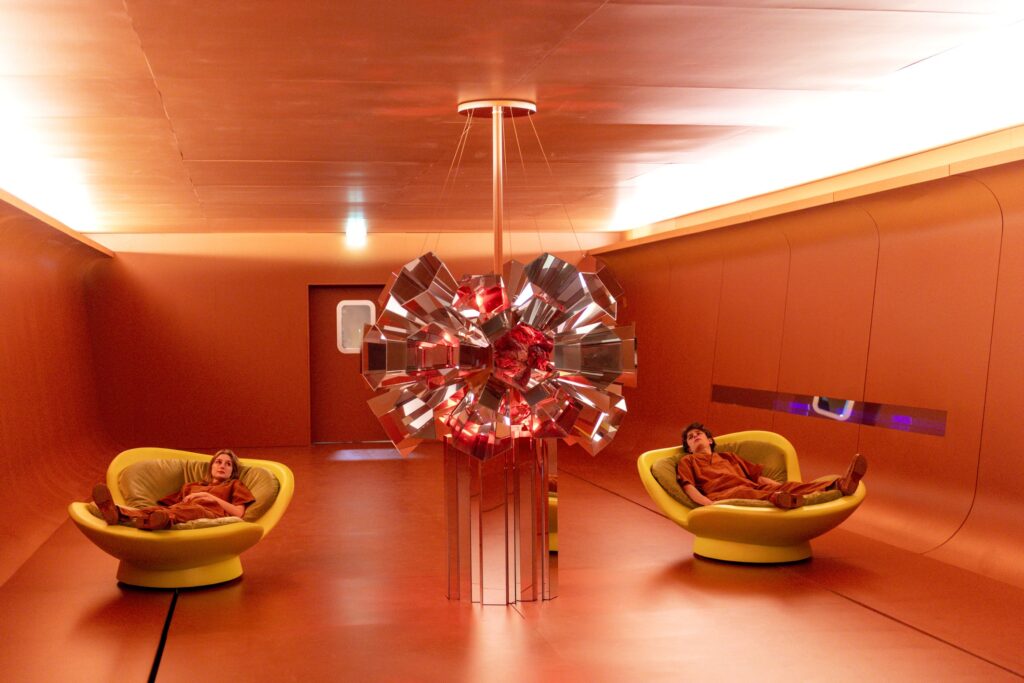
This vision was embodied in special projects that spanned the entire city: from Library of Light by Es Devlin, which drew 95,300 visitors to the Pinacoteca di Brera—extended until May 4 due to its overwhelming success—to Mother by Robert Wilson at Castello Sforzesco, open until May 18, and La Dolce Attesa by Paolo Sorrentino at the fair, all of which were sold out.
These events captivated audiences and spurred reflections on themes of time, knowledge, and identity. Additionally, these installations provided invaluable insights for businesses. They offered a tangible examination of how color, light, and spatial design can be transformed into a communicative language. Villa Héritage, curated by Pierre-Yves Rochon, became a prime showcase for Italian craftsmanship, attracting a diverse audience that spilled over into neighboring stands, creating visibility, connections, and commercial leads. Such initiatives act as cultural and commercial catalysts, bridging the gap between emotion and strategy, and proving how essential it is for brands to be part of a compelling narrative that resonates with both heart and mind».
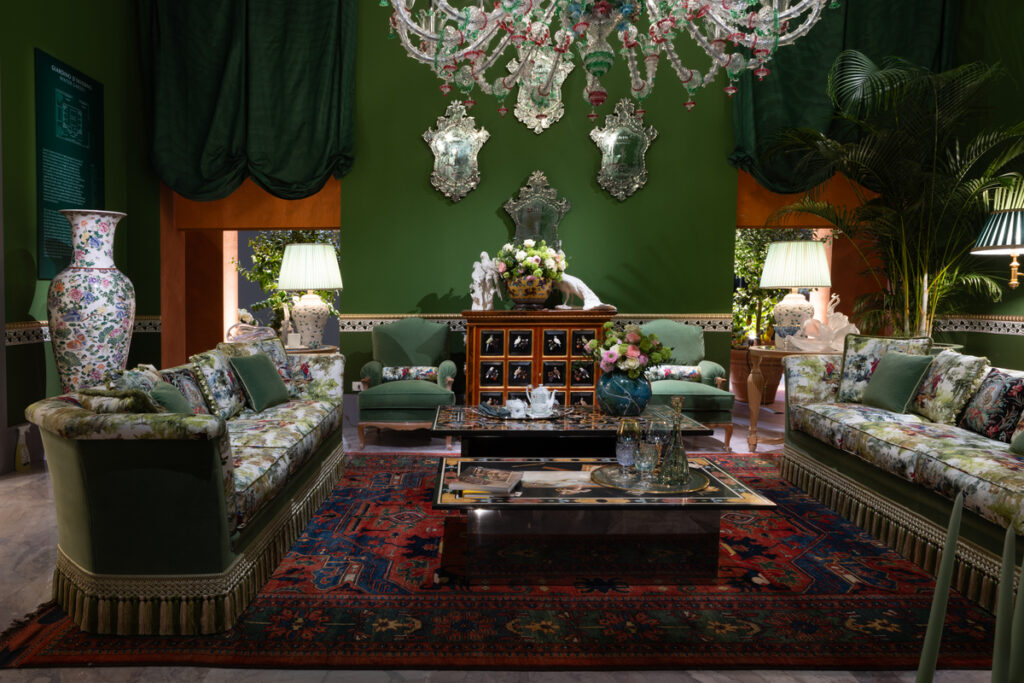
Why was Euroluce moved to the initial pavilions at Fiera Rho Milan?
«We chose to position Euroluce at the initial pavilions at Fiera Milano Rho to create a more fluid, engaging, and accessible visitor experience. The objective was twofold: to facilitate entry and navigation through an increasingly expansive and complex fair and to strategically emphasize cultural and professional content, such as the inaugural Euroluce International Lighting Forum, which took place precisely in this area.
The ring-shaped layout, successfully introduced in 2023 with The City of Lights, successfully guided visitors through a cohesive, immersive narrative that intertwined light as a material with a broader design vision. This spatial organization prevented dispersion and created a seamless flow between exhibits, installations, and meeting areas. It wasn’t just a technical choice but a carefully planned design decision—a narrative choreography that guided each visitor on a journey through products, encounters, and thought-provoking experiences».
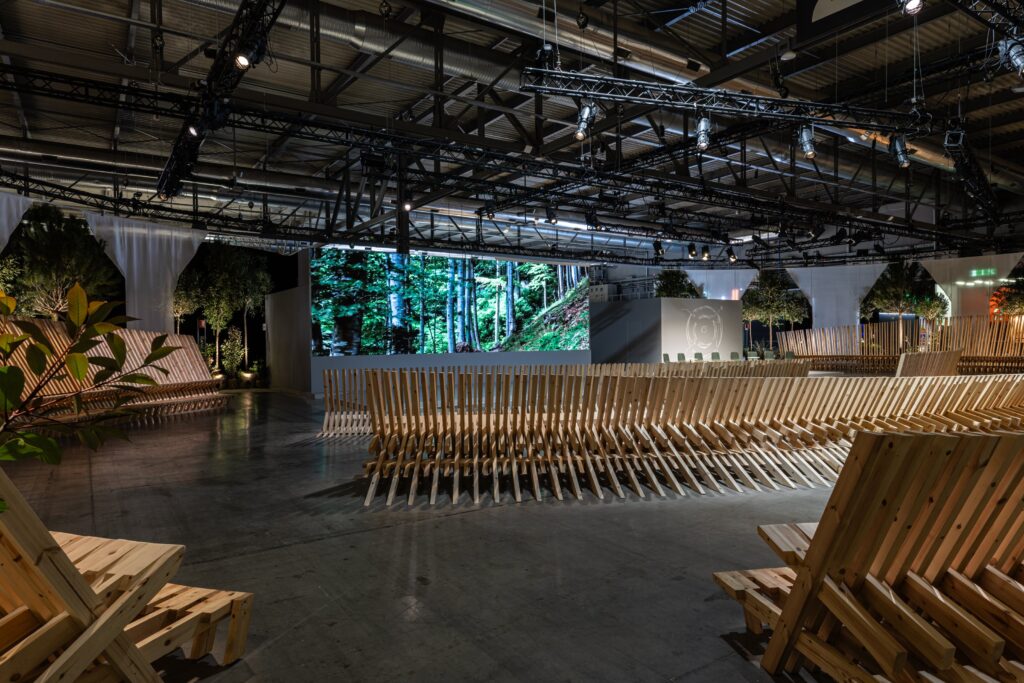
Tell us about the new International Lighting Forum. How did it come to be, and why is it significant for the Salone?
«The Euroluce International Lighting Forum, directed by Annalisa Rosso in collaboration with APIL, represents a key step in the direction we’ve been pursuing for some time: the intersection of culture, innovation, and strategic vision. The forum emerged from a fundamental realization: today, discussing light means discussing well-being, sustainability, spatial perception, and even human-environment connections.
Held on April 10-11 at the Arena The Forest of Space, a poetic and enveloping space designed by Sou Fujimoto, the forum drew 1,500 participants, with 6 masterclasses, 2 roundtables, 2 workshops, and 20 international speakers from various fields—art, neuroscience, anthropology, astrophysics, and architecture.
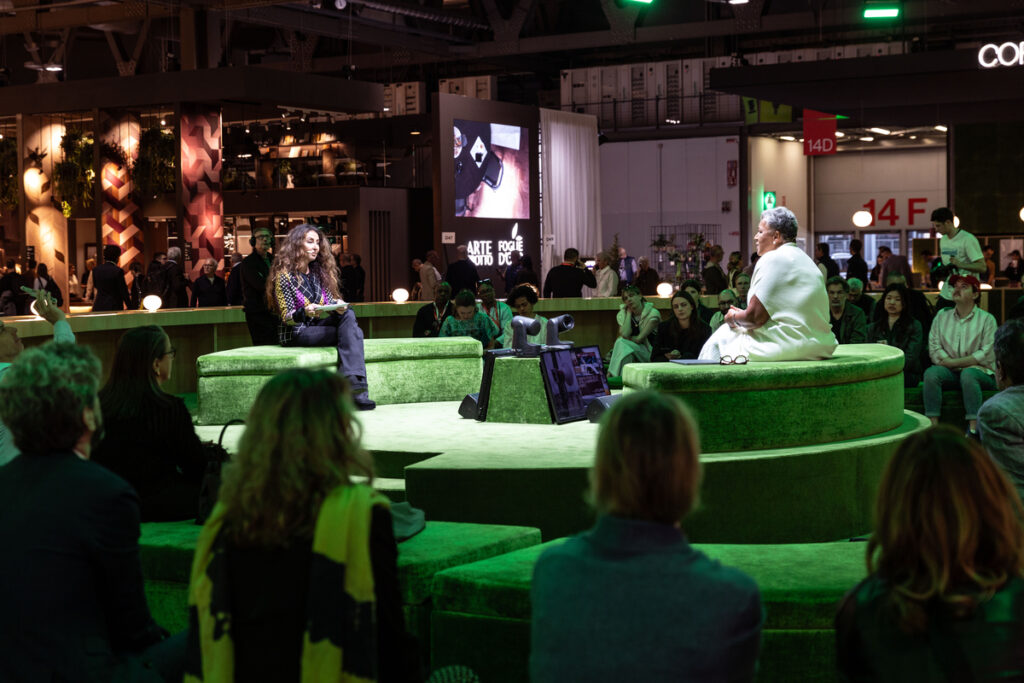
Figures like Robert Wilson, Marjan van Aubel, Kaoru Mende, Patrick Rimoux, Stefano Mancuso, and Tim Ingold offered surprising perspectives, connecting light not just to technique but to human experience. The forum was aptly titled “Light for Life. Light for Spaces”. The first day focused on light’s role in life, addressing human-centric lighting, circadian rhythms, solar energy, and how light affects mood, health, and perception. The second day shifted focus to inhabited spaces, exploring how lighting design can generate meaning, identity, and narrative in the spaces we live in—from cities to museums, from domestic interiors to hospitality. The forum fostered a vital dialogue among businesses, designers, architects, and thinkers, envisioning the future trajectories of lighting design».
